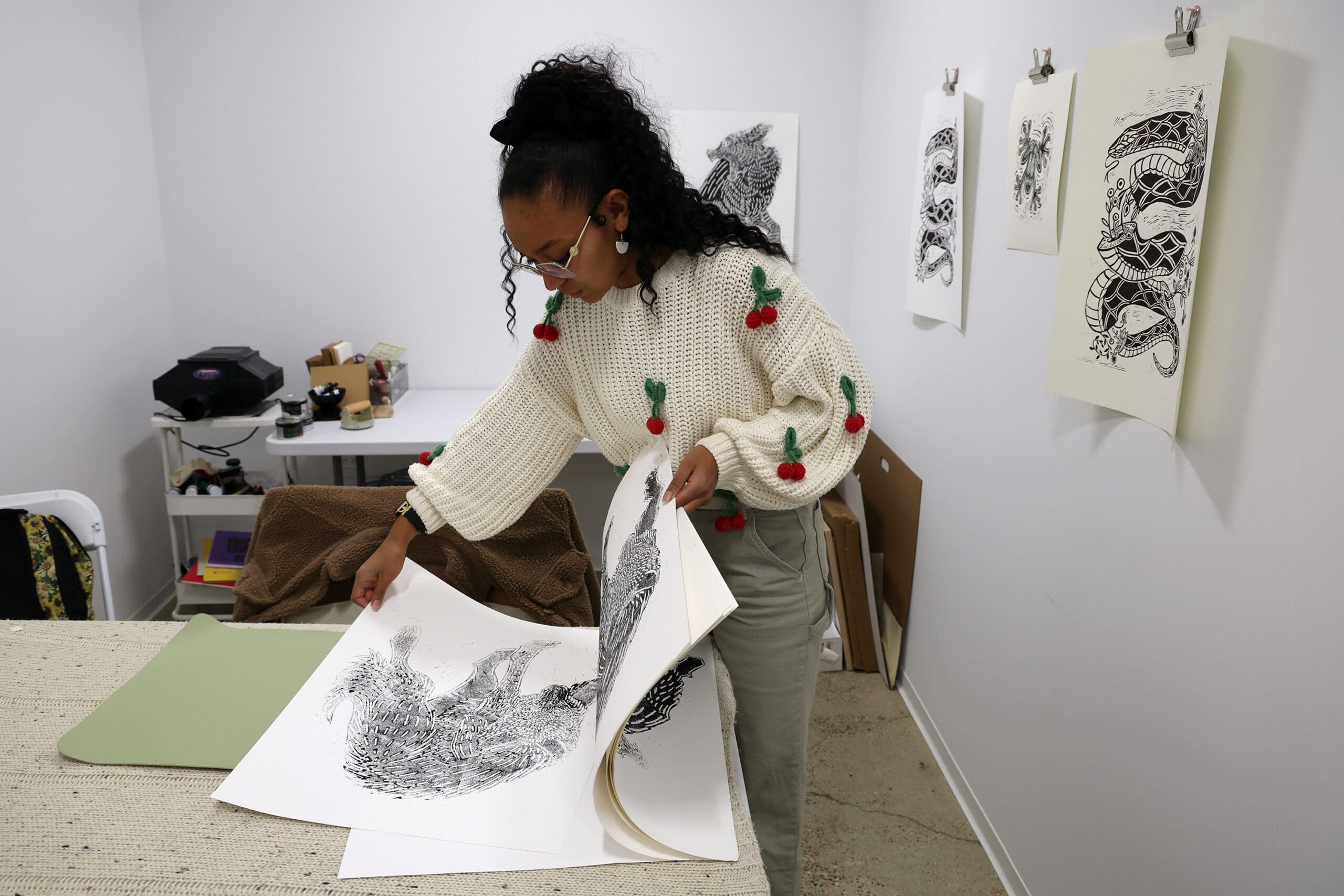Written by Anir Senyah
 It is a wondrous sight to see a group of Junkanoo performers dancing down the street. The tourists revel in the spirit of the music. They are enjoying the joyous spirit of carnival as the tradition is passed down from one generation to another.
It is a wondrous sight to see a group of Junkanoo performers dancing down the street. The tourists revel in the spirit of the music. They are enjoying the joyous spirit of carnival as the tradition is passed down from one generation to another.
However, the roots of Junkanoo are to be found in the continent of Africa. The most popular theory surrounding the name [originally referred to as John Canoe] is that John Canoe was an African trader on the West African Coast during the era of slavery. Whatever the origin of the name, the celebration began with the slaves who were transported across the Atlantic. Under British law, slaves in British colonies were given three days holiday at Christmas. Junkanoo has been documented in the former British territories of Jamaica, Belize, and North and South Carolina, but only in the Bahamas has Junkanoo grown into such an elaborate festival, one of which all Bahamians are justly proud.
Legend has it that the slaves attempted to decorate themselves by sticking materials to be found in their environment, such as paper and feathers, onto their clothes. Through the centuries, the costumes have always reflected the availability of materials in the society, and so from the feathers and scraps of the plantation, the costumes grew through a variety of materials: plant life, straw work, sponge, newspaper, tissue paper, and finally to the crepe paper of today. Nowadays, finely cut crepe paper is pasted onto cardboard shapes in the most intricate designs, using every colour in the spectrum. Costumes may be as tall as fifteen feet, and are danced for the entire parade. The music is also historically based, and is still centered around the traditional cowbells [which were originally used because of their availability on the plantations], and the goatskin drum, which is a staple African instrument. The traditional horn of Junkanoo was a conch shell, and today we also use a variety of whistles and other horns.
JUNKANOO, the major cultural festival of the Bahamas, is a magnificent celebration of life and freedom. It is celebrated in two spectacular parades on Boxing Day, December 26, and New Year’s day, January 1 of each year, from 1:00 a.m. to 9:00a.m. on Bay Street in downtown Nassau. Breath-taking costumes made from cardboard, wire, and finely cut crepe paper, are paraded to the unique sounds of pulsating goatskin drums, cowbells, horns, and whistles. The festival attracts large crowds of Bahamians and visitors, and has become a spectacle of colour and celebration. For Bahamians, it is the highpoint of the season: eight exhilarating hours in the early morning, when the nation’s main street is transformed into a sea of sight and sound that amazes, astounds, and enthrals all who view it.
Junkanoo parades are also held in most of the Family Islands of the Bahamas, but do not approach the elaborate scale of the parade in Nassau.
Junkanoo is a unique cultural phenomenon that is a ‘must’ activity for everyone in the Bahamas at Christmas time.
Arlene Nash Ferguson, who runs the museum said with a warm smile, " At its very core, the Junkanoo Festival speaks to the indomitable spirit of the people of The Bahamas. This is what we celebrate each year."



